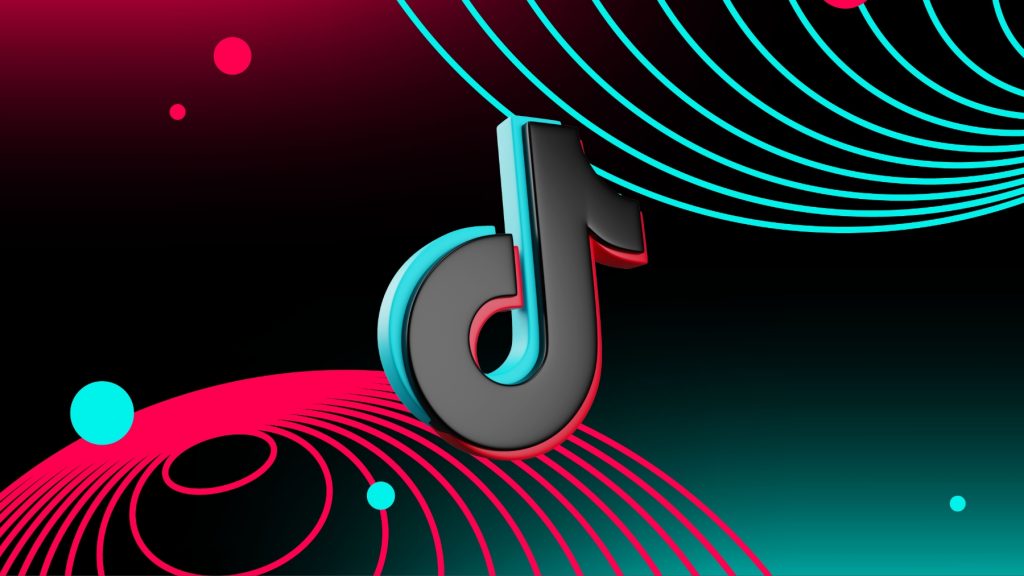
TikTok is taking proactive measures against misinformation ahead of this year’s elections, labeling AI-generated online content accordingly.
- TikTok extends its AI labeling to content generated outside its own AI tools.
- Content Credentials technology adds metadata to content, including creation details and whether AI was involved.
TikTok will now automatically label AI-generated content from various AI software on its platform to fight misinformation, especially in an election year.
TikTok already labels AI-generated content made through the app’s own AI tools. However, this update affects images and videos generated outside of it, like through OpenAI’s tools.
In a press release, the social media company announced it will be partnering with the Coalition for Content Provenance and Authenticity (C2PA) which OpenAI recently joined. They’ll be “the first video-sharing platform to implement [C2PA’s] Content Credentials technology.”
This technology attaches metadata to online content, acting like a digital label. The creators can add details about their work, like creation date and editing history. Content credentials can also reveal if AI was involved in making the content. And most importantly, it’s tamper-proof; the technology makes it so that the information won’t be changed after it is added.
When you upload a video onto the platform, the app will read the content credentials and determine whether AI was involved. If it is, the app will automatically label the content as AI-generated. And if you download an AI-generated video from the app, it will remain labeled so that anyone coming across it knows its origins.
The short-form video app will be rolling out the feature gradually, starting with images and videos. It plans to eventually extend it to audio-only content.
TikTok is also joining the Adobe-led Content Authenticity Initiative (CAI). Dana Rao, general counsel and chief trust officer at Adobe, said, “At a time when any digital content can be altered, it is essential to provide ways for the public to discern what is true. Today’s announcement is a critical step towards achieving that outcome.”
We’ve recently seen an influx of companies trying to fight AI-generated misinformation, including Microsoft and OpenAI. The best way one can describe these companies’ efforts since AI went mainstream is ‘reluctant.’ But they’ve amped them up recently. It may not be a coincidence, as 2024 is an election year. And not just in the United States. At least 64 countries in addition to the European Union are holding national elections.
AI tools allow certain groups of people to manufacture fake content that could influence the voting population. We all heard AI Biden discouraging voters from voting. Now that TikTok will point out which content is AI-generated to its 1+ billion active users, they are far less likely to fall prey to false propaganda.
With AI labeling in place, TikTok will increase transparency regarding the origin and authenticity of media shared on its platform. As people realize that a certain piece of misinformation is wrong, they will refrain from sharing it. As a result, the online content will not get any algorithmic amplification, nor will it get virality.
When the time comes, these efforts will raise public awareness and digital literacy, pushing people to critically evaluate the information presented to them.
Inside Telecom provides you with an extensive list of content covering all aspects of the tech industry. Keep an eye on our Intelligent Tech sections to stay informed and up-to-date with our daily articles.